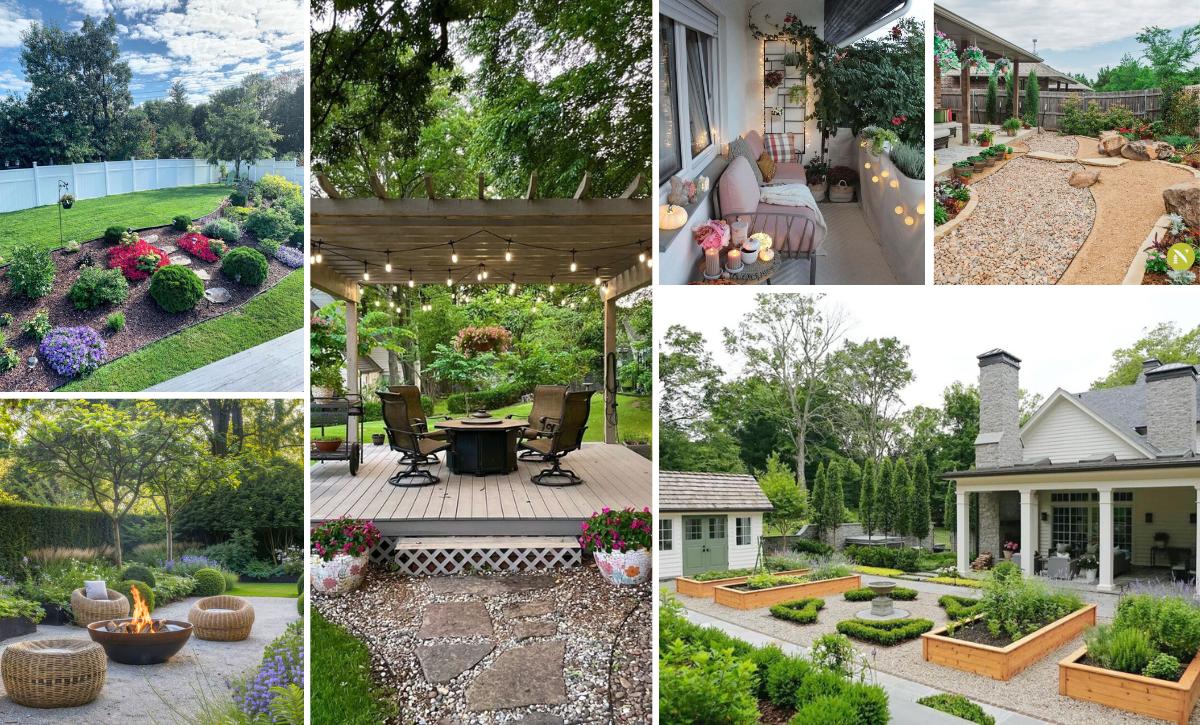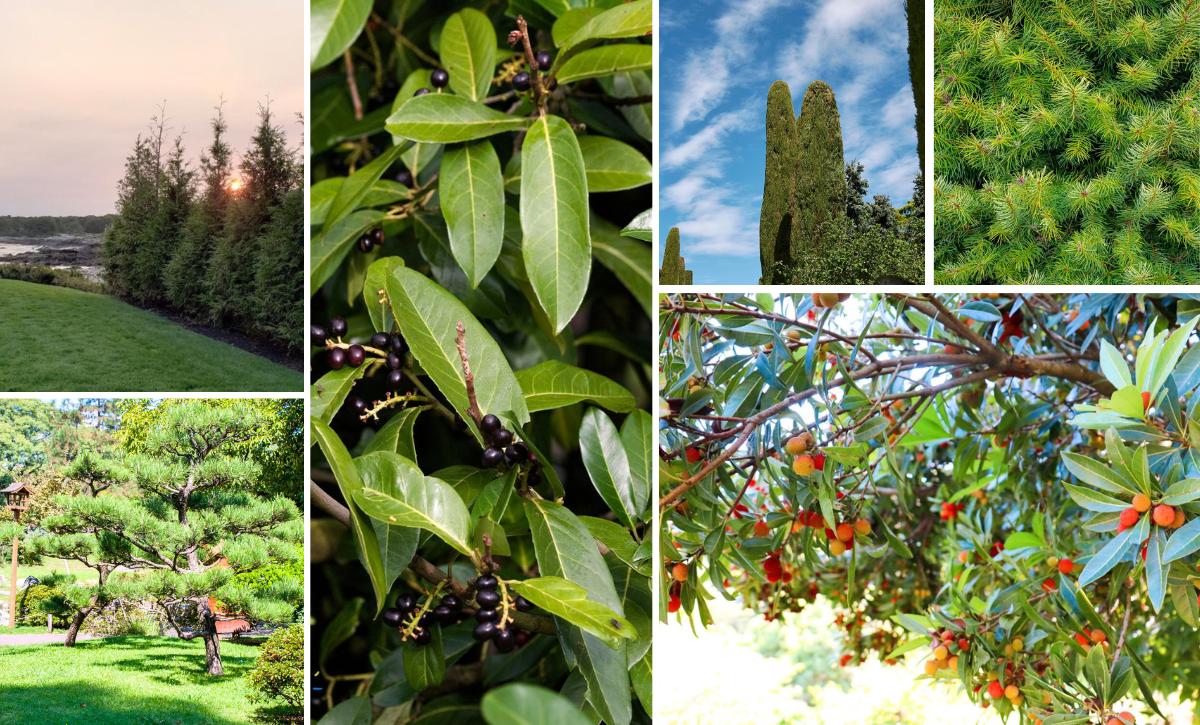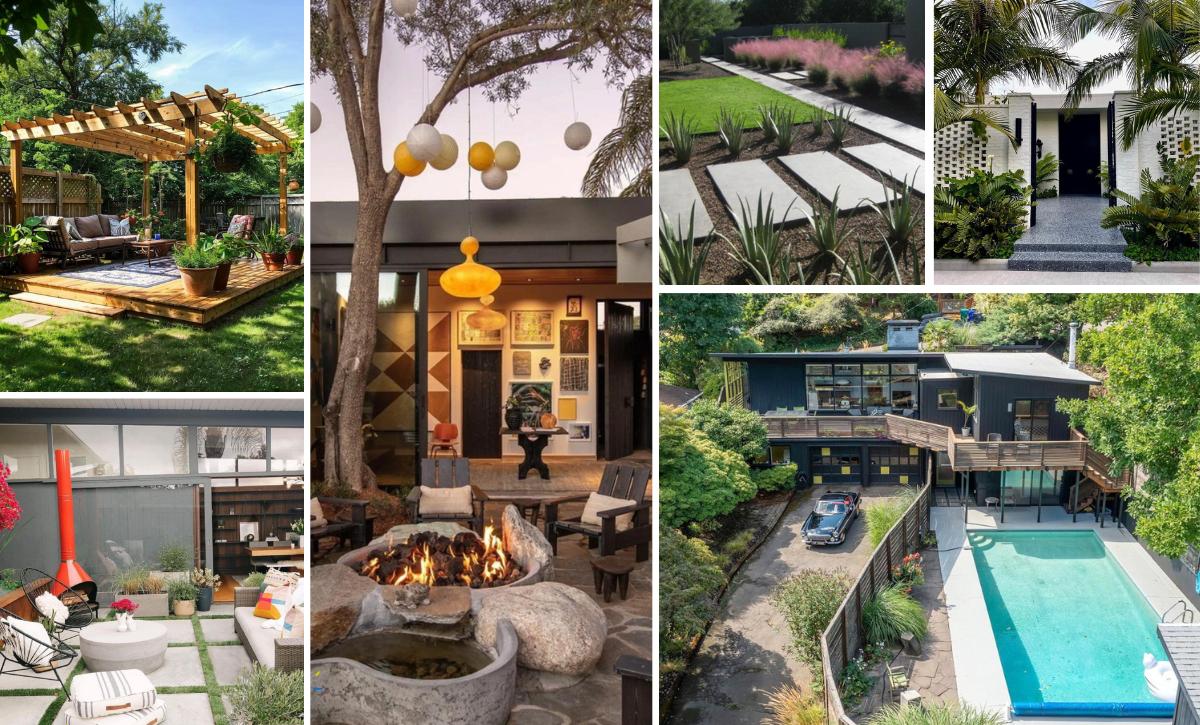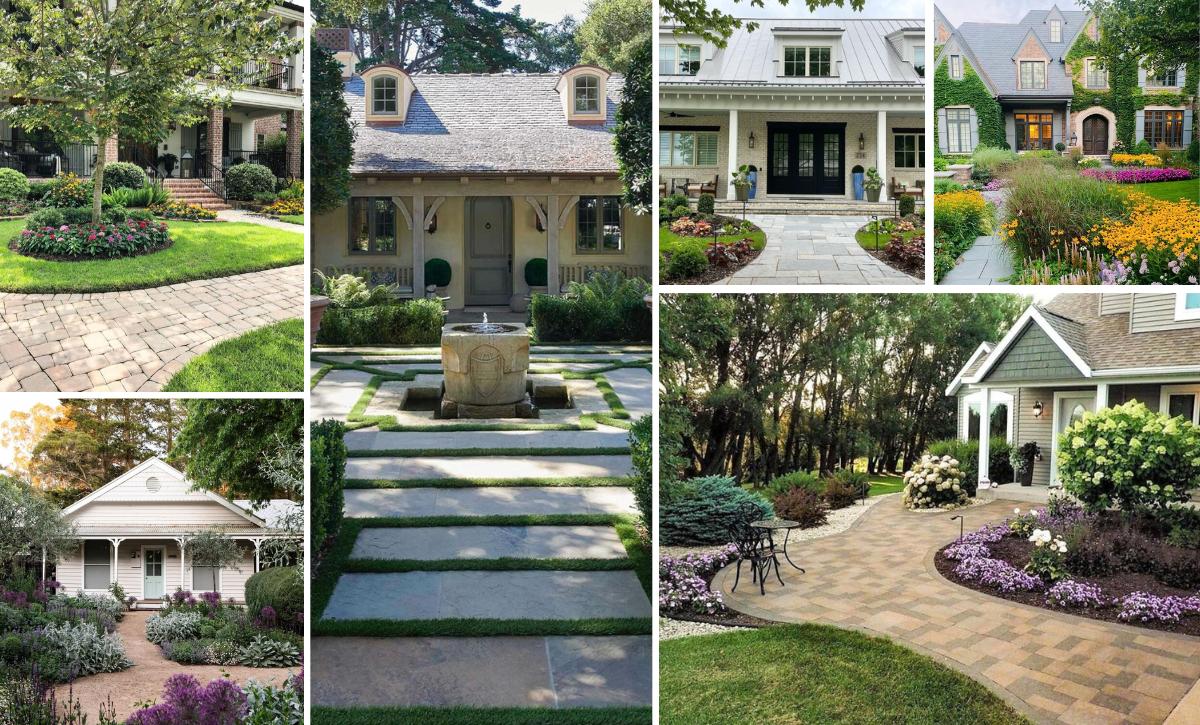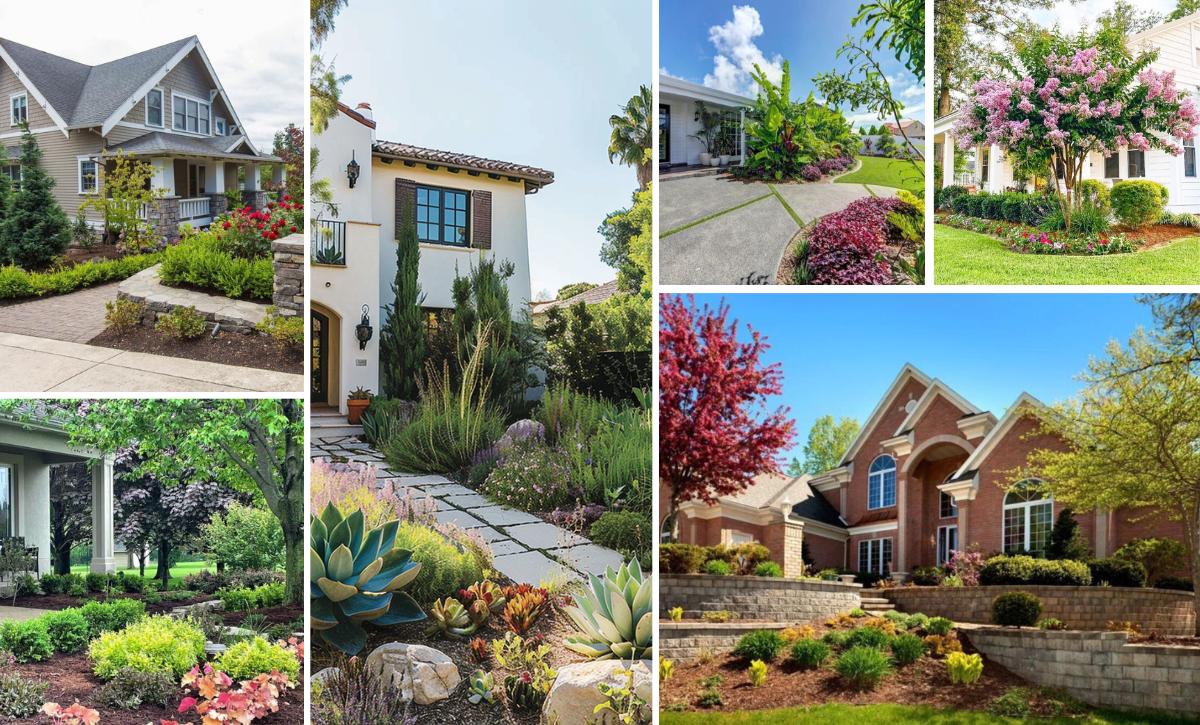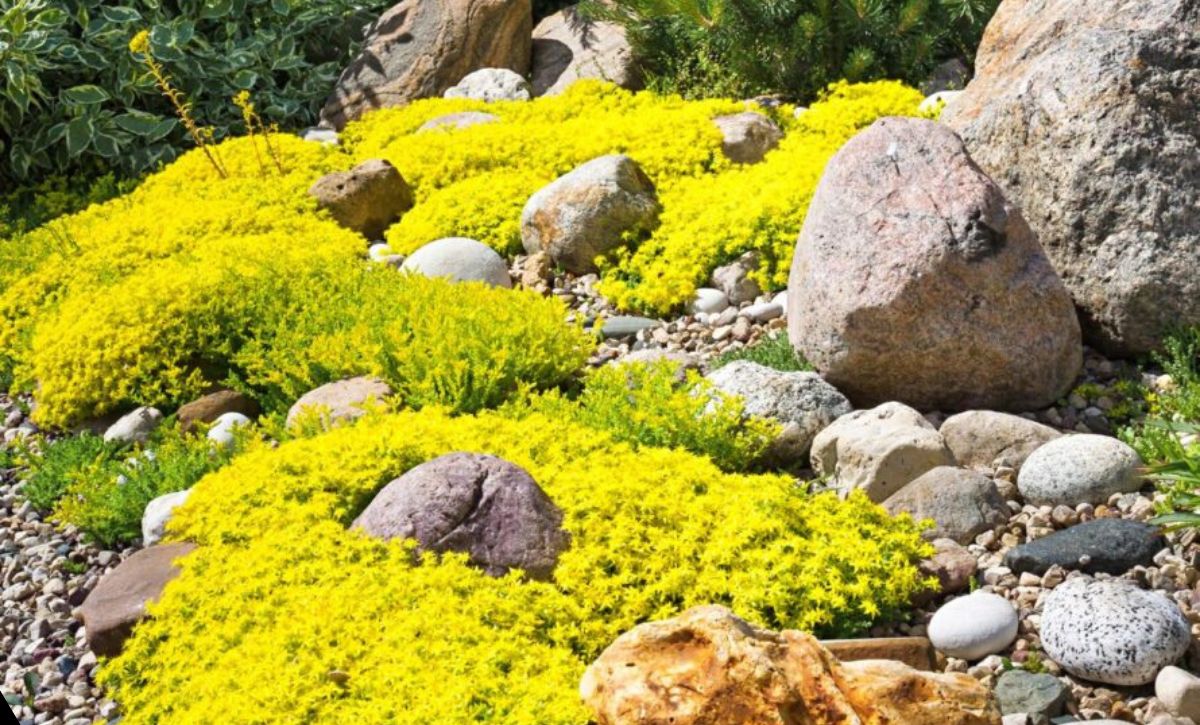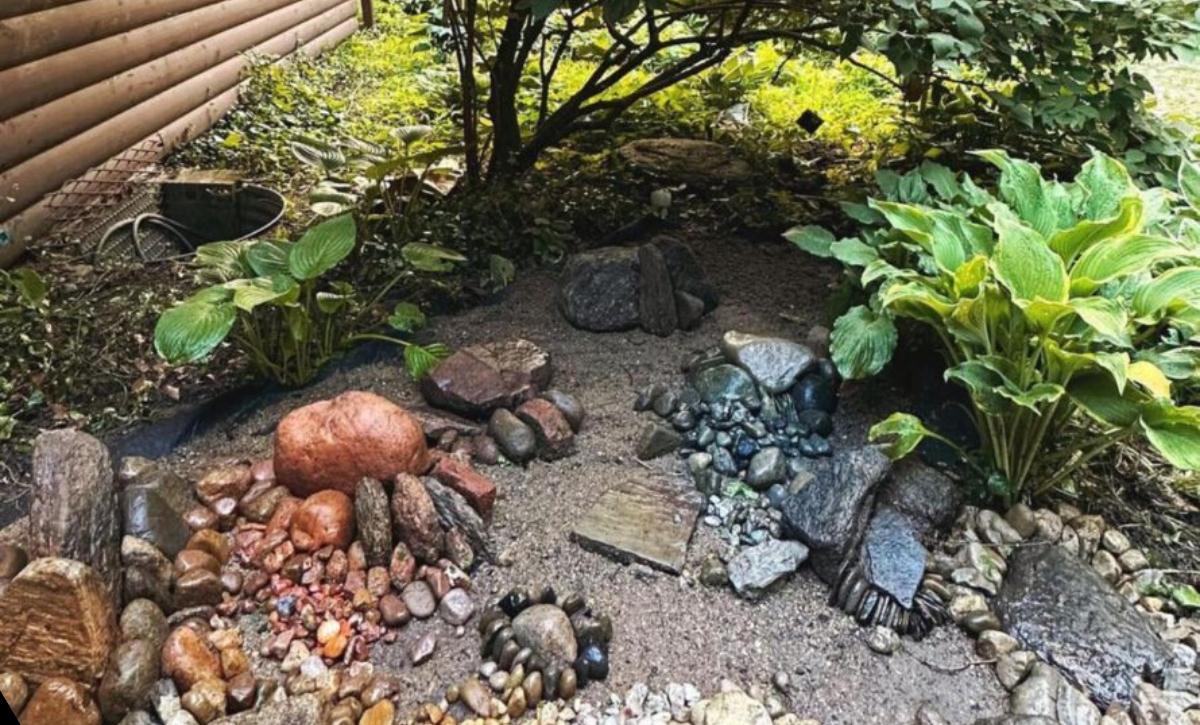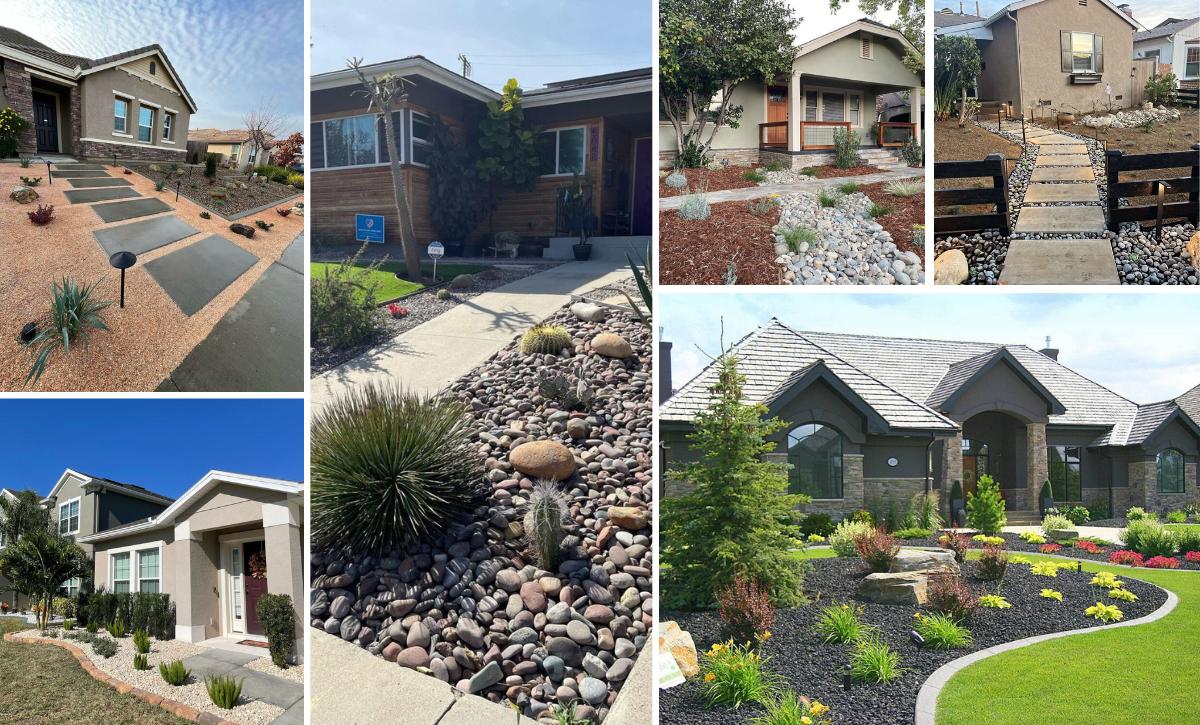Doing something on a budget doesn’t mean settling for less, and this applies to your landscaping projects as well.
With the proper outdoor decorative ideas, hardscape and softscape features, and favorite plants, you can easily upgrade your outdoor space without putting a hole in your wallet.
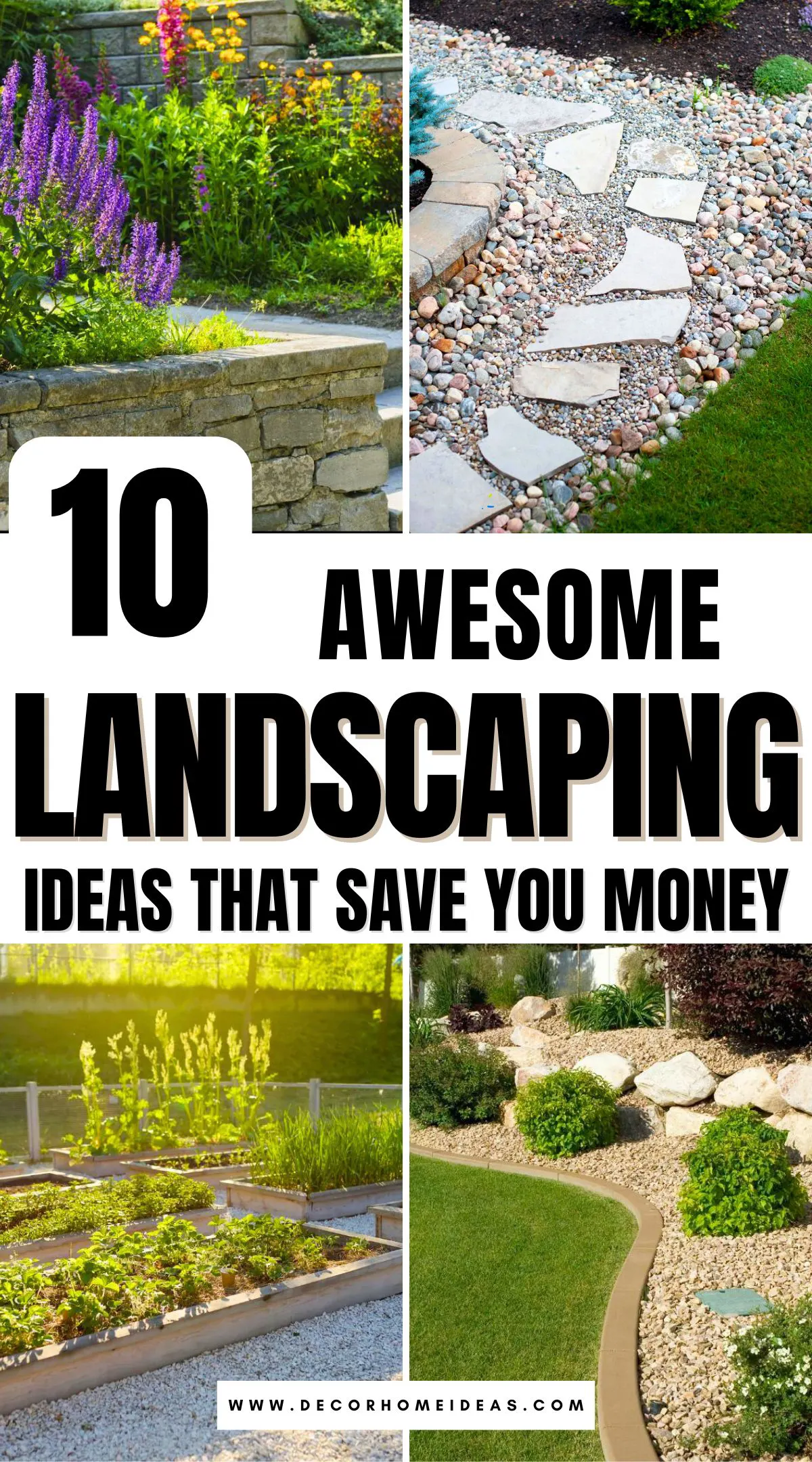
We’ve compiled a few affordable landscaping ideas that will impart an attractive allure to your yard without the need for professional landscapers or highly priced plants.
Take a look!
1. Choose Affordable Hardscaping
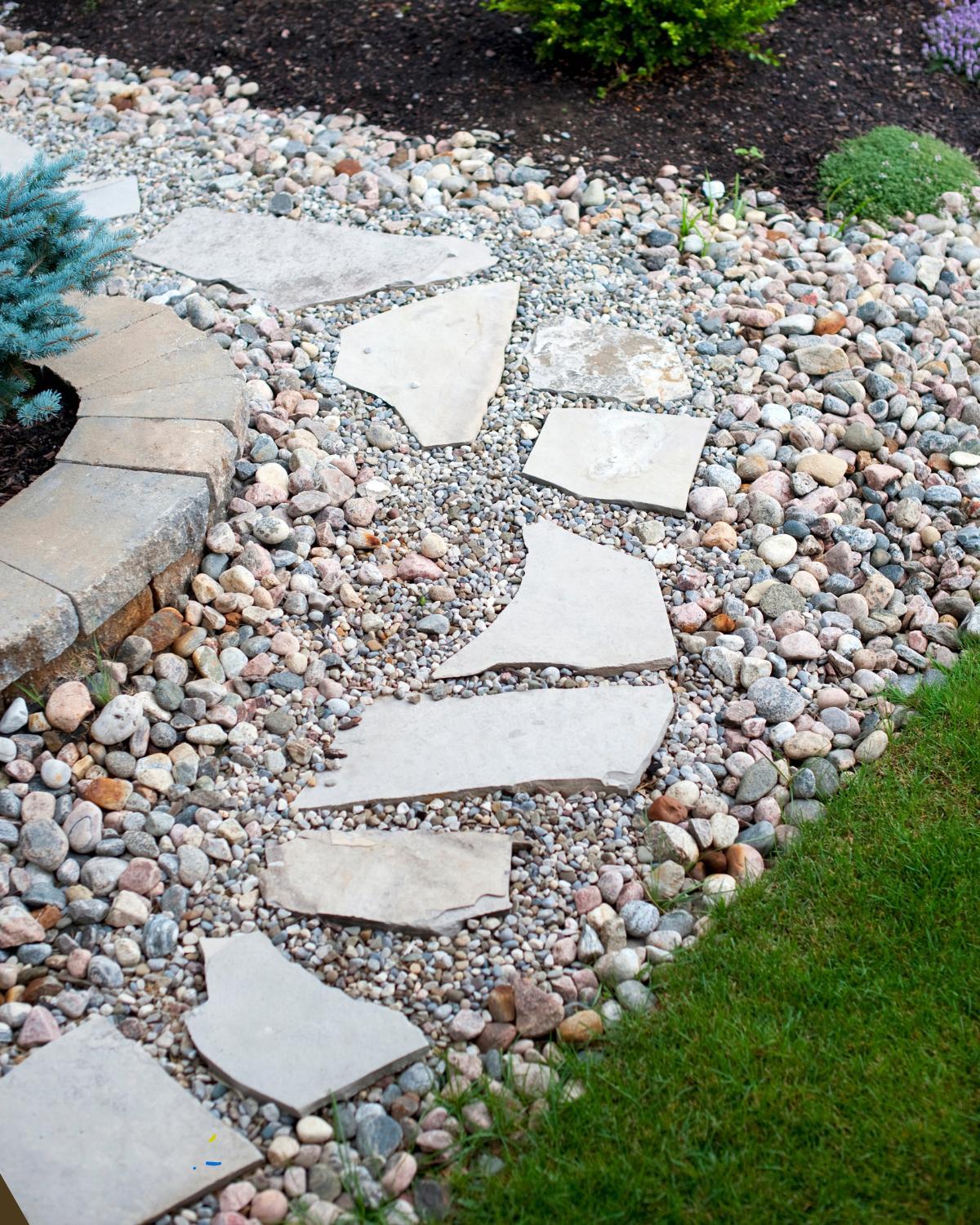
There are numerous inexpensive hardscaping materials available, such as sand, rocks, bark, brick chips, shredded leaves, mulch, and pea gravel.
You can build a paver or brick patio in sand instead of concrete or create a DIY stone walkway. With a properly planned design, you can even avert the need to cut any of the bricks.
Let me chime you in a little secret: when buying these hardscaping materials, purchase in bulk to fetch them at a much lower price than you would when purchasing bagged mulch or rocks at your local home improvement store. You can thank me later when you’re counting all the money you saved!
Search for free sources or local landscape supply stores for bulk deals.
2. Buy Inexpensive Plants
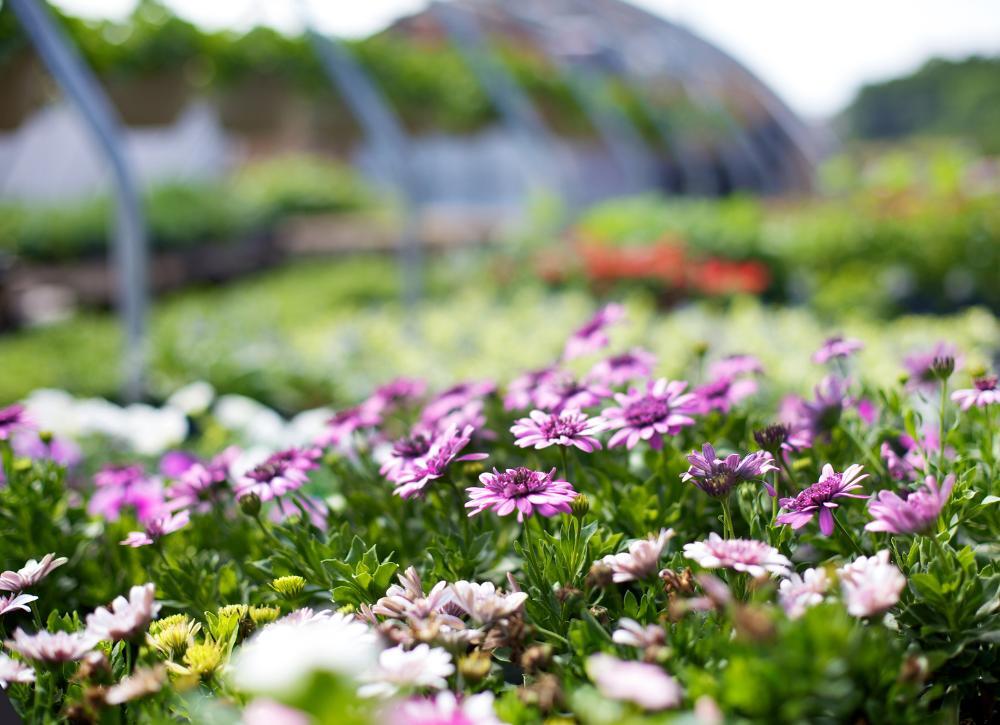
You can always find low-cost plants at your local grocery stores. But, personally, nursery sales have always been a great deal-saver whenever I’m looking to buy plants. They are usually held annually in July and August, and you can find amazing deals on selected plants.
Plants sold at these local nurseries are usually superior to the cheap ones found at grocery stores. Nonetheless, this shouldn’t discourage you from shopping for grocery store options—you can always bring them back to life with a bit of care and love!
You know what? Skip the whole ‘buying of plants’ endeavor. Instead, choose some established perennials and spread them throughout the yard for a budget-friendly option. You can even trade some of the cuttings with your gardening friends to beautify your landscape with new plants!
3. Substitute Fertilizer with Compost

Instead of buying commercial fertilizers at your local gardening stores or nurseries, consider using compost to fertilize your plants for free. Building a compost bin will do wonders for your overall budget-friendly landscaping project.
The best thing is the materials are readily available. Just put in kitchen food scraps, grass clippings, eggshells, raked leaves, twigs, shredded paper and cardboard, and more. Mix and water occasionally, and you’ll have a free, readily available source of soil amendments.
4. Save Water with Xeriscaping
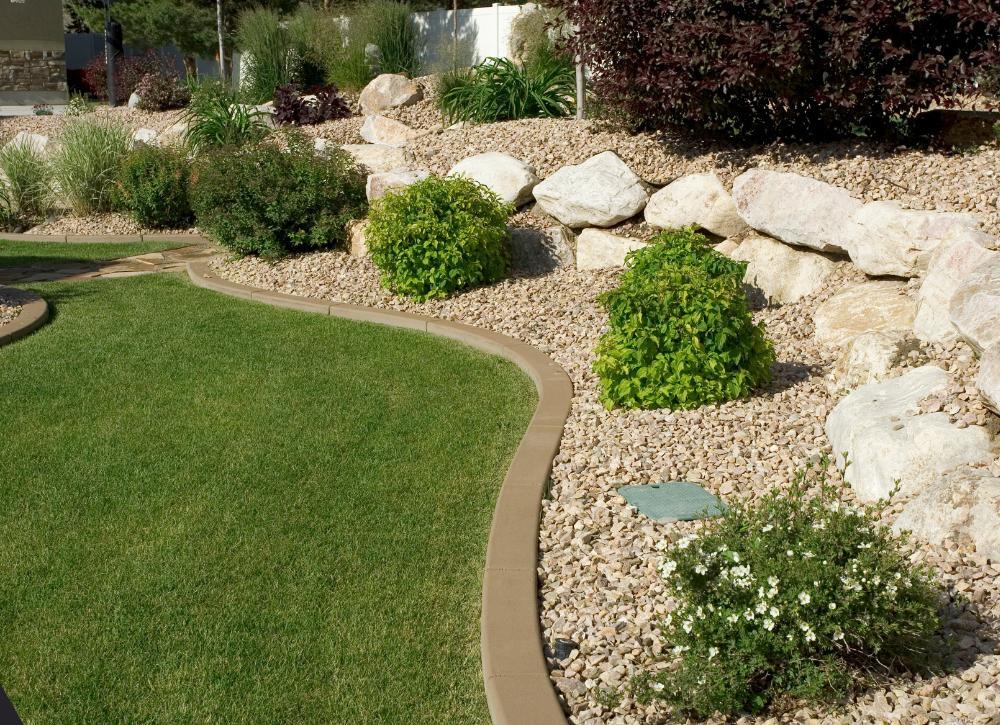
Xeriscaping is a gardening practice that had been traditionally reserved for hot and arid areas. However, the landscaping option has become popular in numerous places in the country due to increasing concerns about climate change and the need for water conservation.
Drought-resistant plants are the main feature in xeriscaping, with the following principles helping incorporate them as part of an overall water-conservation strategy:
- Planting plants with similar watering requirements together for a more efficient watering regimen.
- Combining drought-resistant groundcover plants with hardscape features to replace or reduce turf grass.
- Making the soil well-draining by amending it with compost and organic matter, ultimately improving the soil’s water absorption ability.
5. Opt for Perennials
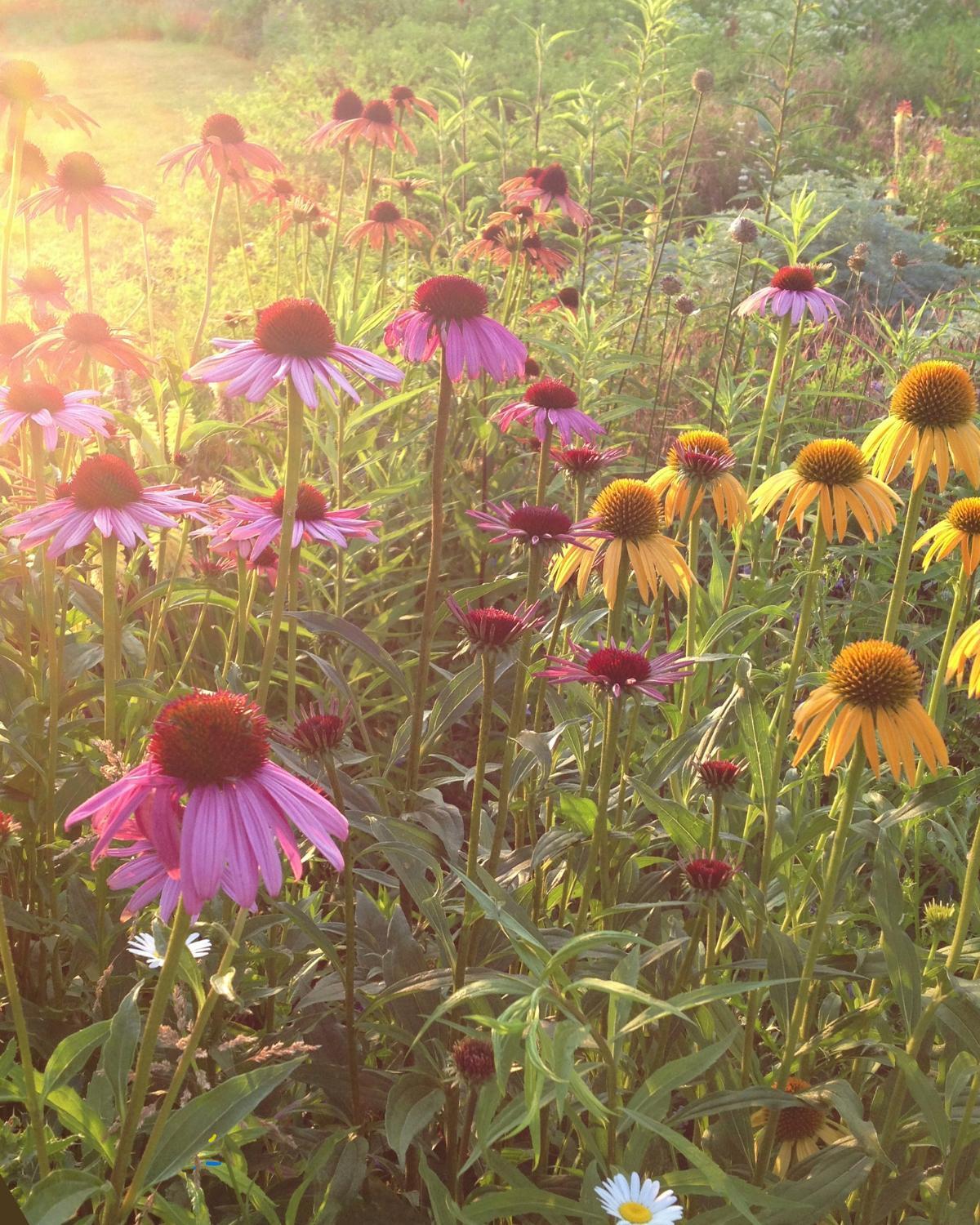
Perennial flowers come back each year, and these easy-growing plants can help to cut back costs on your spring planting purchases.
I planted a bunch of them in my backyard a few years ago, including salvia, lungwort, and hardy geraniums, and they never miss with their beauty every year. Oh, they’re also deer-resistant—another reason to have them!
There are also perennials that do well in the shade, such as bleeding hearts, foxglove, and hostas, making them excellent for container gardens.
6. Consider Groundcover
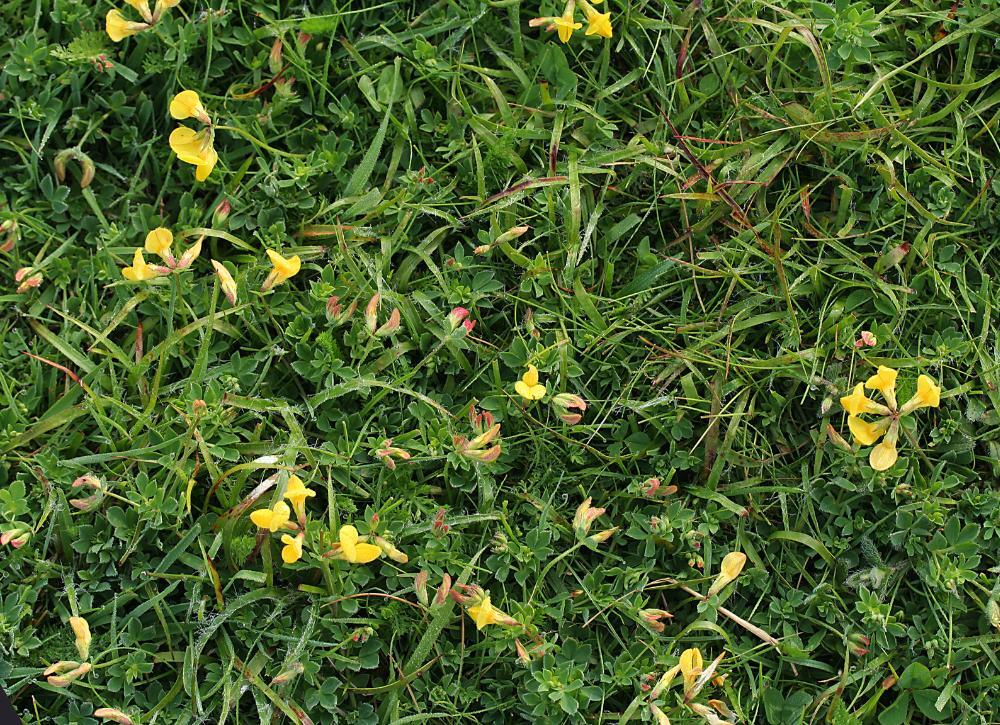
Another cost-effective option for your landscaping is planting groundcover plants. These plants spread on their own, and you only need to plant a few to get the job done.
My love for perennials also extends to groundcover plants, and I happen to have some periwinkle and creeping phlox in my yard. The naturally spreading groundcover plants come back each year, are deer-resistant, and fill my space with a beautiful, lush carpet.
Most groundcover plants don’t need much fertilization or watering, making them excellent substitutes for grassy lawns. Or better yet, you can combine them with your lawn, using groundcover plants to landscape around shrubs and trees. This will ultimately reduce the cost of landscape maintenance.
NB: You can also utilize some weed varieties as ground cover since they spread fast, are hardy, and appear yearly without fail. Some of them include white clover and wild violets, which most people try to get rid of without realizing they’re lawn and groundcover alternatives.
7. Go for Mixed Planting Beds
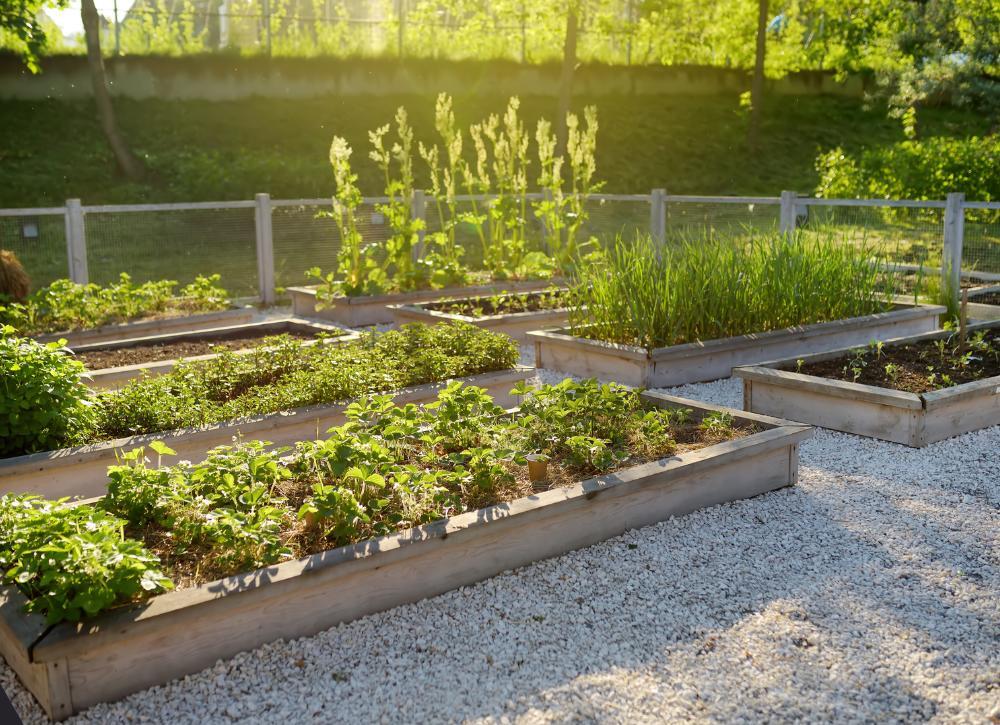
Planting beds is an easy idea that can instantly elevate your landscape, and there are tons of DIY planting bed ideas that you can try out. Still, you need to have an understanding of materials, put in some physical work, and have an elaborate plan for a bed that suits your space.
Some of the ideas include utilizing DIY container gardens as raised planting beds or using landscaping fabric to fashion planting beds in the ground while controlling weeds.
For such projects, I always recommend using recycled and affordable materials for the planting beds and borders, such as landscape timbers and pallets—they’ll significantly bring the cost down; take it from me!
8. Consider Affordable Containers
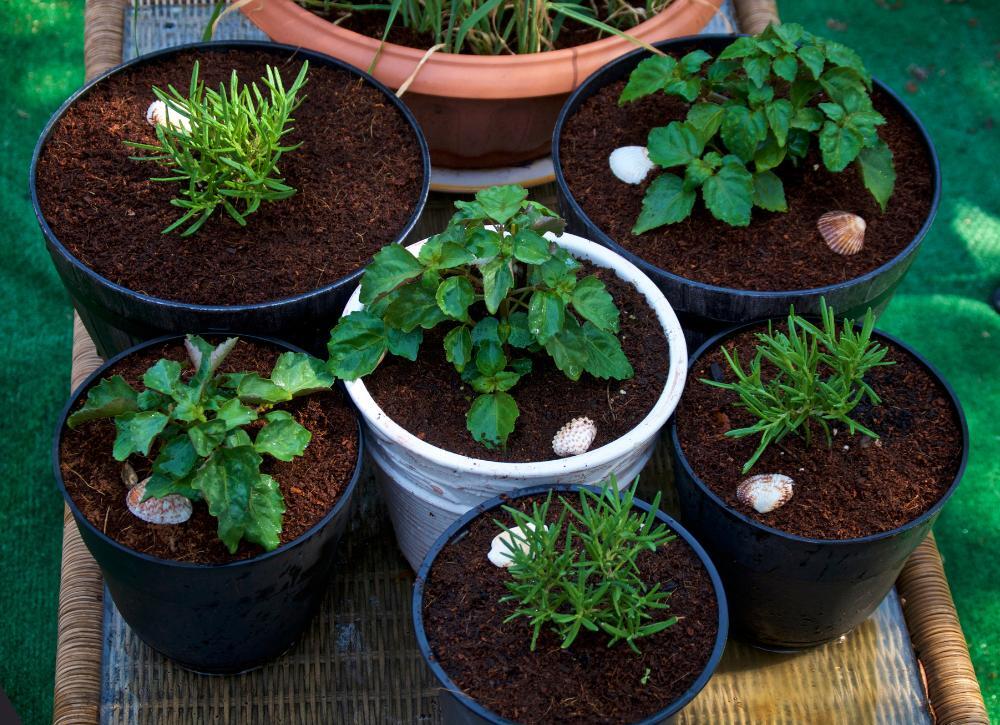
Container gardens are a budget-saver whenever you’re looking for affordable landscaping ideas. There are even secondhand pots and containers that you can get at virtually no cost at all! Just make sure you thoroughly clean your thrifted container in case there are any lingering diseases that were left in there.
DIY container garden projects are also worth taking part in. I’m a DIYer myself (at least, I consider it so), and I have indulged in a few creative container gardening projects, such as upcycling an old wheelbarrow, bird cage, and even hollowed-out logs.
If you have an unused 5-gallon bucket, you’ll be surprised by the potential it holds as a garden planter or container. The process is relatively simple and will only take an hour of your time, which is a considerably fair exchange! Just make sure you drill drainage holes to the planters that have a solid bottom.
9. Go for Native Species
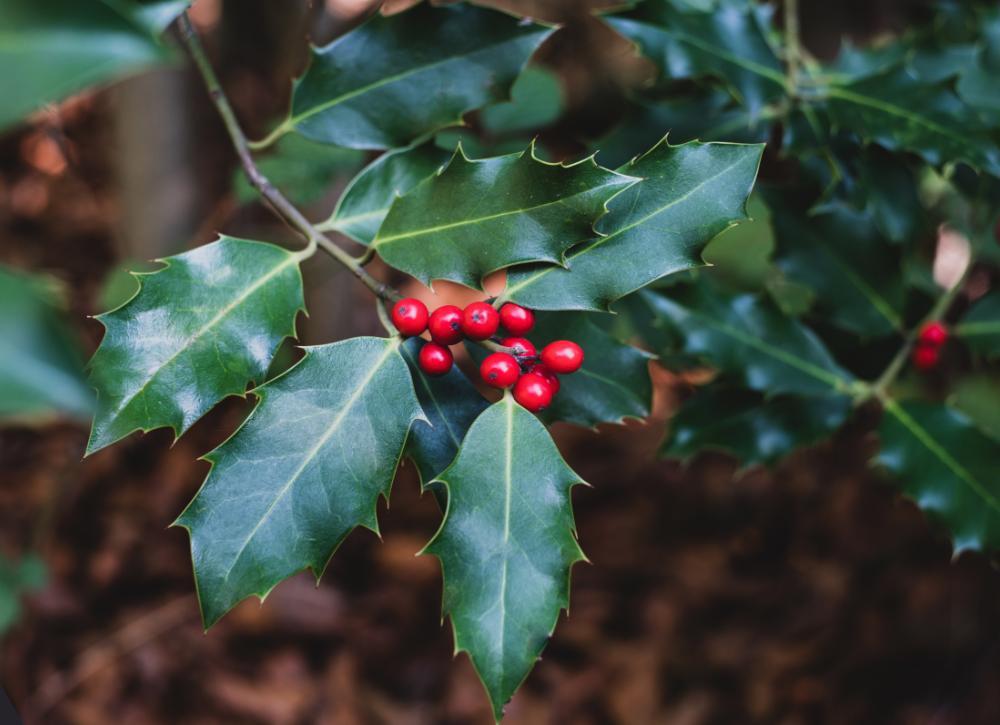
Ever wondered how you can cut back on your plants’ fertilization and watering requirements? Well, here’s a great idea: plant native species!
Native plants are plants that adapt naturally to your local climate and soil, thanks to centuries of evolution. They’re usually pest- and disease-resistant and flourish in gardens without much hassle.
Native plants come with a myriad of benefits. For one, they assist local pollinators and wildlife by creating an abundant and safe space for their needs. They also help the ecosystem by preventing soil erosion.
Each area has its own unique native plants, so ensure you get in touch with a local cooperative extension office to inquire about the specific types of native plants suitable for your area.
10. Install Water Features
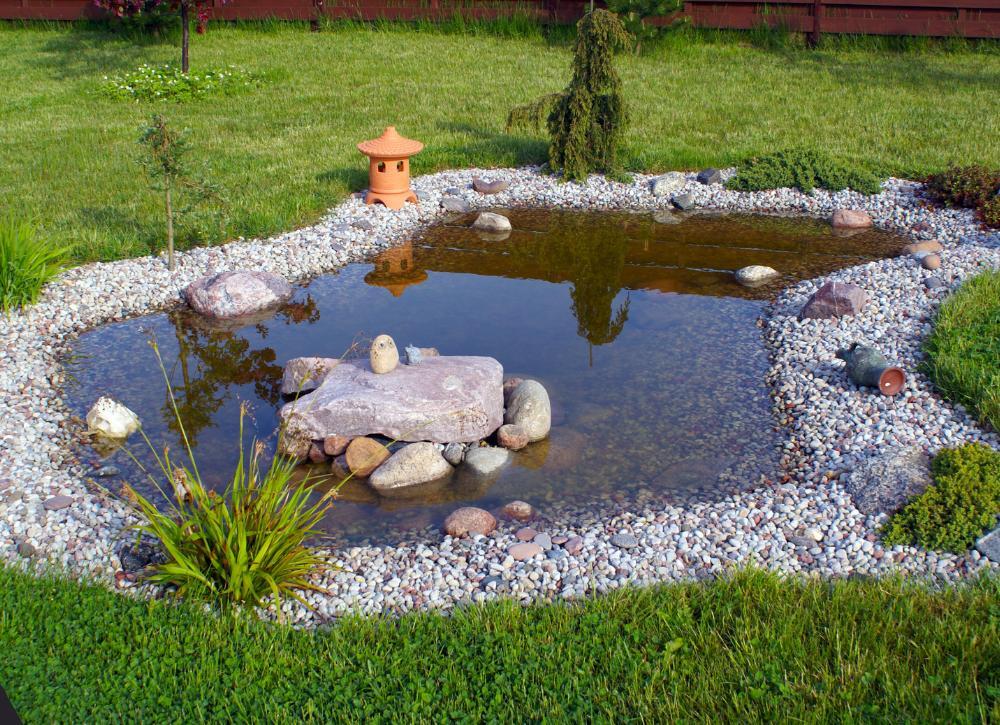
Water features don’t come cheap, especially when you hire a professional landscaping company to adorn your yard with a grand waterfall.
But don’t worry! Nowadays, low-cost options such as pond liners and pumps make it easy for DIY enthusiasts (like myself!😉) to install a water feature in their space.
Whether it’s a small pond, an easy-going waterfall, or a tiny stone fountain, you can create a focal point in your yard that will have visitors stopping in their tracks just to admire it!
Commonly Asked Questions
What’s the appropriate budget for a landscaping project?
The budget and cost of landscaping projects vary significantly due to a variety of reasons, such as whether you’re using a professional landscaping company for the whole project, DIYing most parts yourself, size of the yard, desired features, or if you’re landscaping both the front and back yard. On average, the cost of landscaping a yard from scratch ranges from $2,000 – $6,000 or more, inclusive of labor and materials. A landscape designer’s fees range from $1,000 – $7,000.
What is the most costly part of a landscaping project?
Using a professional landscaping company is sure to ramp up the costs of your landscaping project. If you go the DIY route and do much of the work yourself, it’s safe to say you’ll save a lot of money. Incorporating hardscape materials like patios and concrete, as well as planting trees and shrubs, can also increase the overall cost of your landscaping project.
Does landscaping help increase home value?
According to research, adding or maintaining landscaping improves curb appeal and significantly increases a home’s value. When selling a house, the return on investment (ROI) can reach 100 percent for an overall landscape upgrade.

